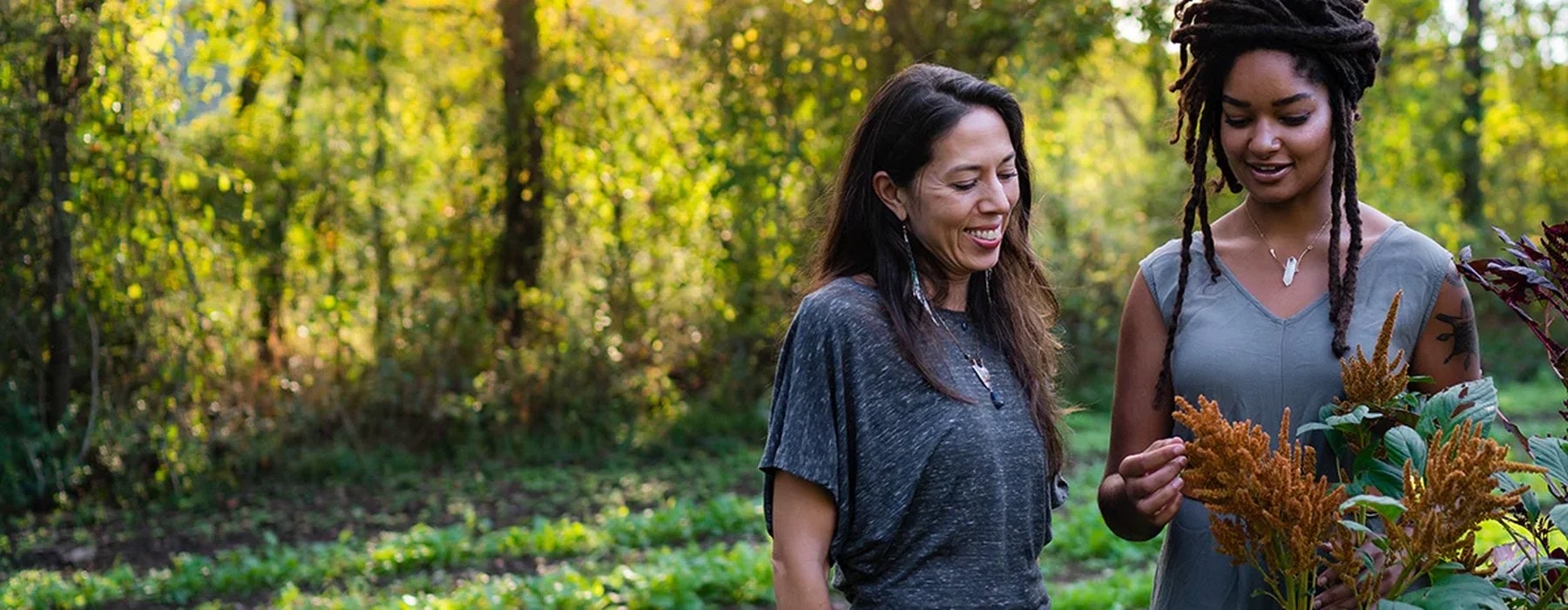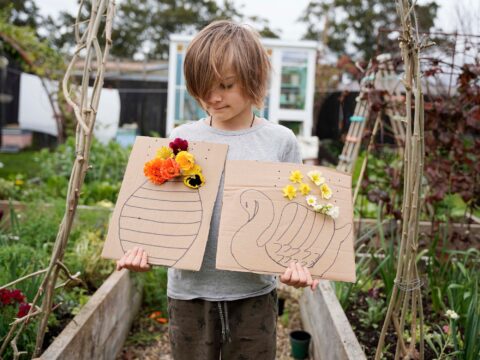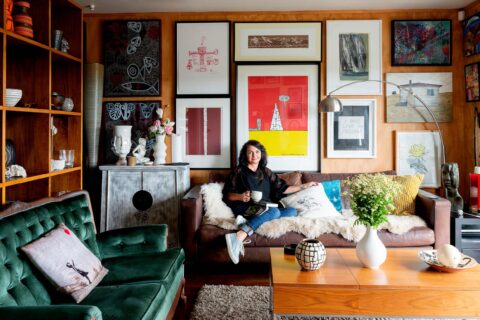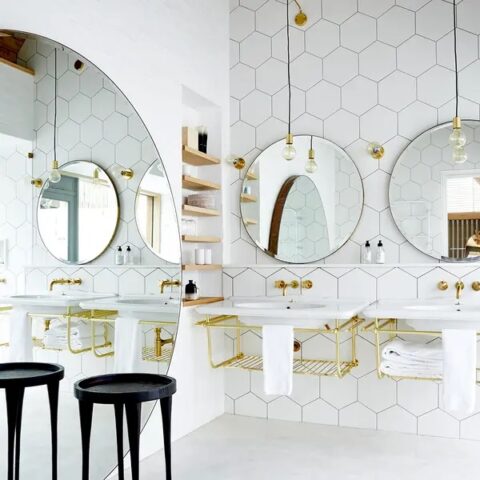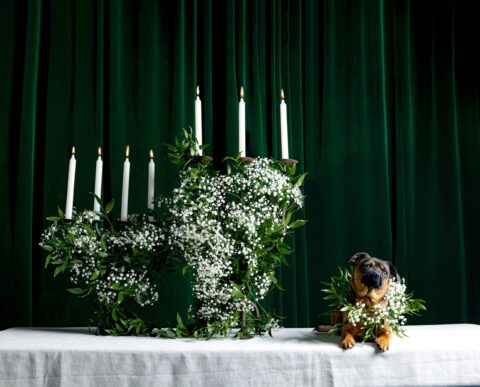Imagine a culinary existence without mint, thyme, sage, rosemary or basil. Herbs are nature’s flavour enhancers that make our food sing. Some are polarising – for example studies have shown that due to a particular olfactory-receptor gene, 4-14 percent of people think coriander has a soapy after taste. They’ve also been used medicinally for generations – why buy peppermint tea when all you need to do is pick a handful of leaves – but their flowers make them a haven for bees, they can enhance our landscaping. They’re all relatively easy care too if you know how to treat ‘em and most are quite happy left to their own devices. The trouble is which ones to pick. Here are some essential kitchen garden herbs plus a few extra faves.
Parsley

Remember when every plate of sandwiches at a function was garnished with a sprig of curly-leafed parsley. Food garnishing has come a long way in Aotearoa in the last 30 years or so, but we still love parsley, although looser and large-leafed Italian parsley, also known as flat-leaf parsley, is trendier than its more retro and stronger tasting curly-leafed cousin. Use it in stews, smoothies and in pestos instead of basil. Don’t bother sowing parsley from seed as it takes at least three weeks to germinate. Purchase seedlings from the garden centre and plant them instead. Parsley is an annual herb, meaning it completes its life cycle in one year. In flowers in hot weather, producing a sea of frothy umbelliferous flowers which are very pretty and cottagey to look at. Leave them to flower and set seed and new plants will pop up everywhere, I promise you. Not one to fuss, parsley will grow pretty much anywhere, and while it loves full sun, it will also cope with shade.
Basil
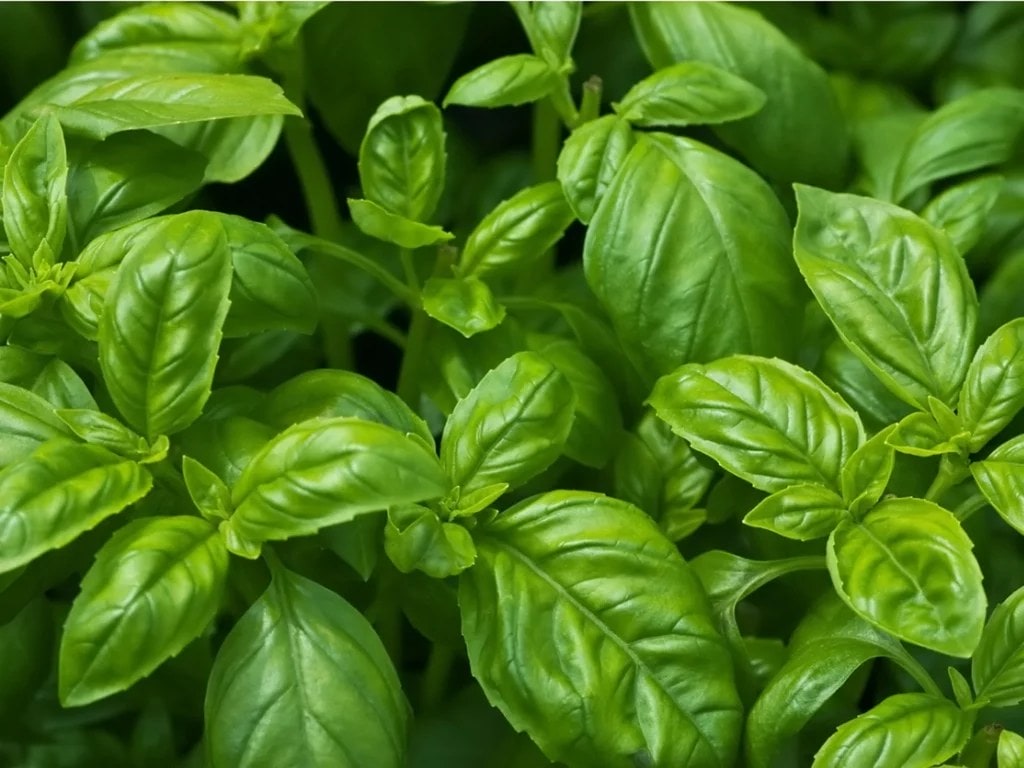
A type of mint masquerading as something with a decidedly unminty flavour, basil is really the feature herb of pestos, pizzas and other Italian fare. You can also have fun growing different varieties, from the large-leafed ‘Sweet Genovese’ (the basil you should use for pesto) to red-leafed, cinnamon-scented ‘Red Opal’ and miniature-leafed ‘Greek Mini’ which grows into chic ball-shaped mounds. There’s even a citrus-scented basil called ‘Mrs Burns Lemon’. Basil aficionados can select from the range on offer at the garden centre, or sow basil from seed. A heat-lover, it won’t germinate from seed until at least November and matures around two months. Although it requires full sun, it also likes a decent amount of water and will bolt to seed if conditions are too dry. You can prolong this annual’s life by pinching off any flowers.
Mint
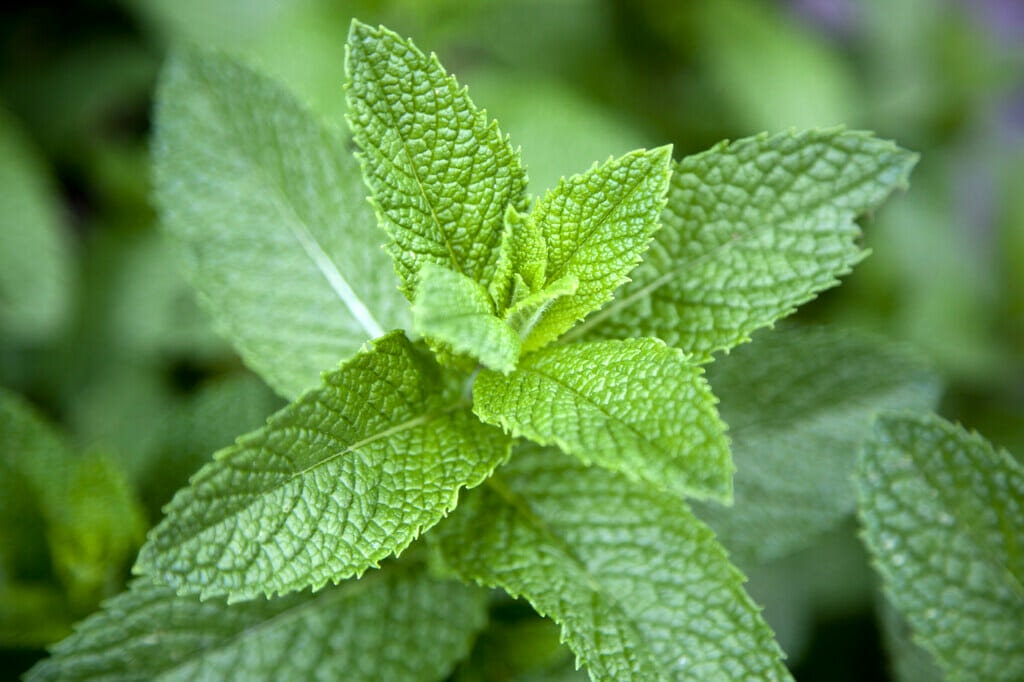
Providing it has a damp, moist spot, once you plant mint in your garden it will never leave you. This beloved herb is somewhat of a thug, and will run and creep all over your garden once established. If this rampant behaviour is not OK with you, plant it in a pot. Be sure to keep it well watered though as mint likes cool feet. Beyond your run-of-the-mill, perfectly good winter mint, there is spearmint, peppermint, lemon mints and even chocolate mint (a type of peppermint) – which you could steep in boiling water for a liquid After Dinner mint, which is probably not going to be as satisfying but any chocolate-scented plant is a fun novelty.
Rosemary
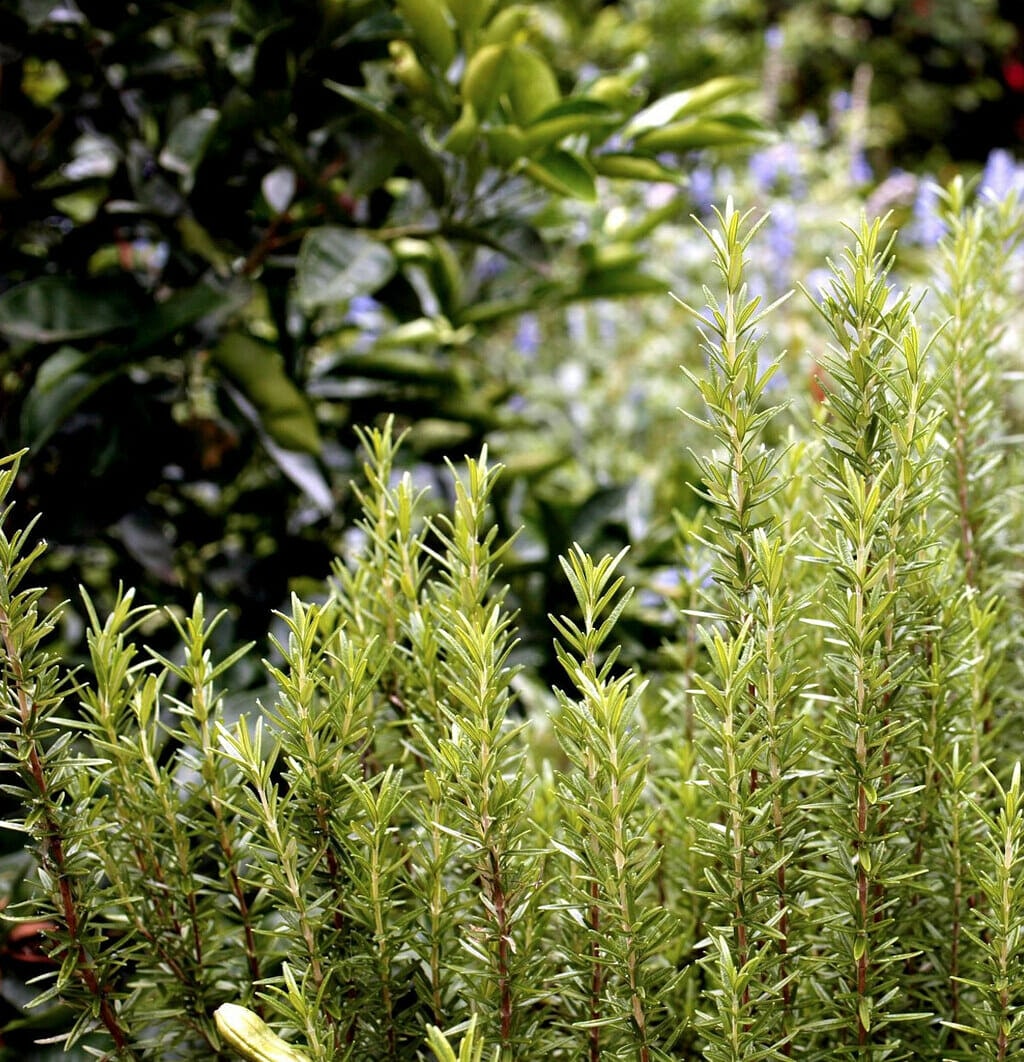
While you probably don’t live on a Mediterranean clifftop beside the sea – rosemary’s native environs (its Latin name Rosmarinus means “dew of the sea) – if you try and replicate those sun-drenched, dry conditions it will thrive. Keep in mind that rosemary hates wet feet and will turn up its toes at rich compost despite your best intentions. Grow it in a pot if your garden beds are too boggy. Rosemary is a perennial herb plant and will benefit from being clipped back by one-third every year else it tends to look straggly. Grow upright rosemary as a hedge or prostate rosemary as a groundcover or cascading down a wall. Use rosemary stems as fragrant kebab skewers on the barbecue!
Sage
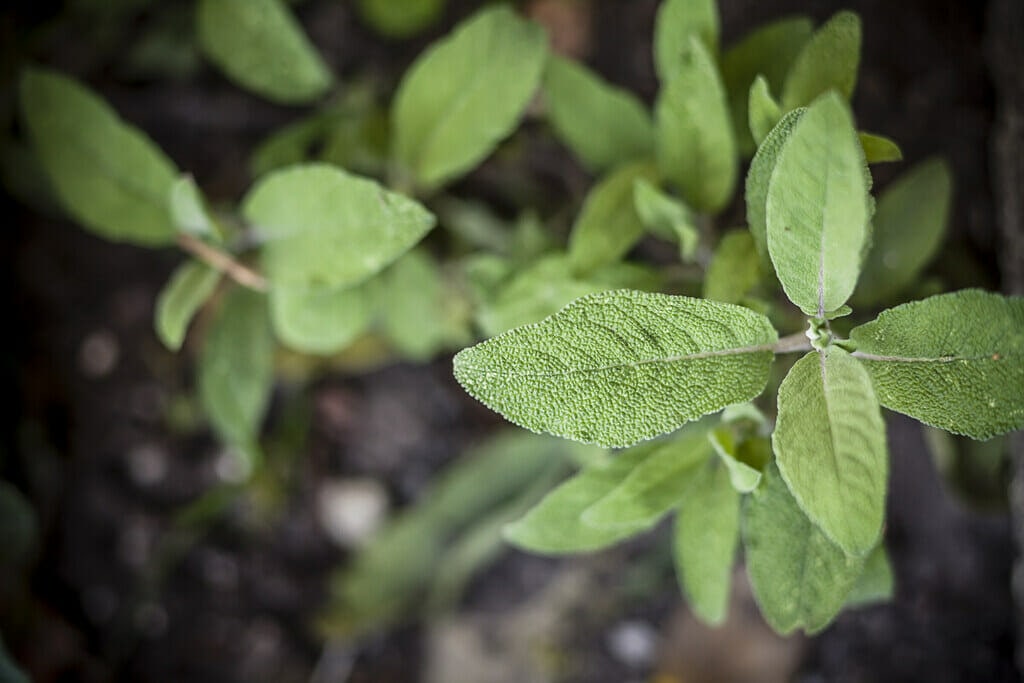
Although it can be a bit of a fusspot and loathes getting wet feet in boggy soils, sage is a dashing herb, with its green-grey leaves (sage-coloured, you might say). Purple varieties (Salvia officinalis ‘Purpurascens) are also attractive and look wonderful offsetting colour schemes. Obviously it has its culinary uses too, and beyond its role as a main ingredient in stuffing, it has medicinal properties. I have a friend that swears she didn’t get a cold last winter due to the cup of sage tea she drank every day. Sage is drought-tolerant, likes full sun and can also survive a frost too.
Thyme
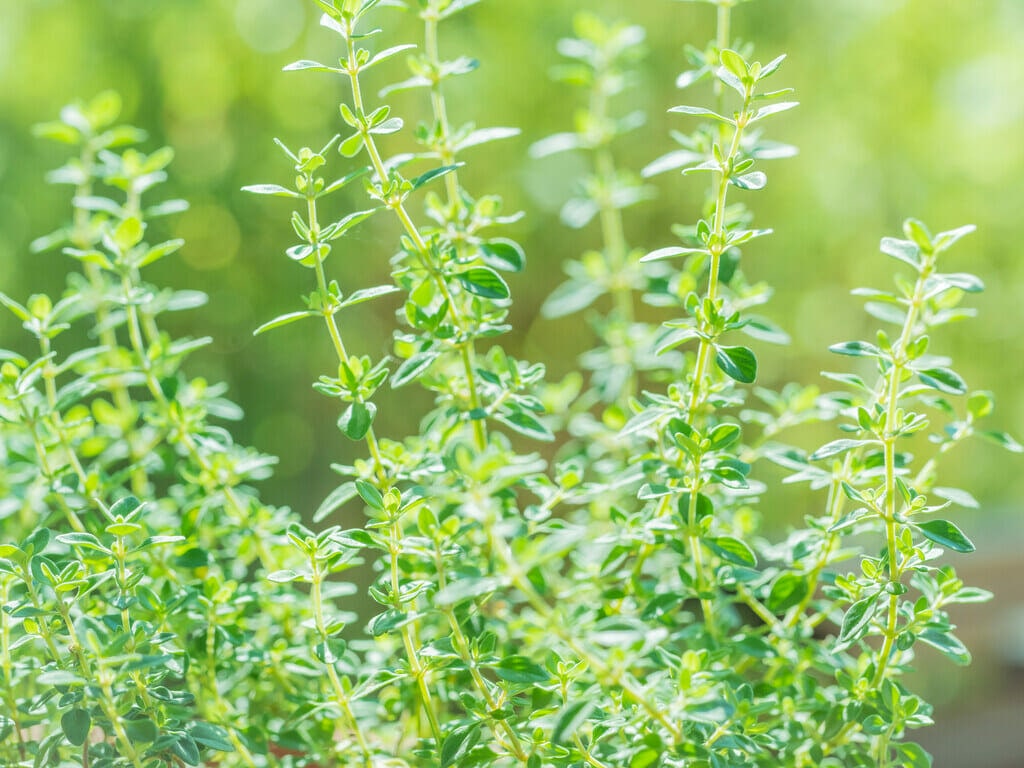
In my opinion, every gardener should invest in a thyme portfolio. With its small leaves and bushy appearance, this low-growing plant is one of the most charming herbs of the lot and there are so many beauties to choose from, from variegated thyme with green and white leaves, woolly thyme which is slightly furry and then there are the different flavours: lemon, orange, and even pizza thyme – which doesn’t really smell like a pizza but has an oregano-like flavour reminiscent of pizza herbs. Thyme makes an excellent ground cover and its purple flowers are bee magnets. It’s hardy too, coping with full sun and minimal water. Chop it back when it gets leggy and it will bush up again.
Coriander

This polarising herb with its distinctive flavour is essential in Mexican food and Asian and Indian dishes. It should always be grown from seed as it detests its roots being disturbed when transplanted. It’s relatively short lived, and will flower and set seed in six to eight weeks. Unless you’re happy to wait for a new generation of self-seeded plants to pop up, sow seed every couple of weeks. It does best in early spring and late summer, bolting to seed in hot conditions so sow it in partial shade if you can. Keep coriander well watered.
Marjoram
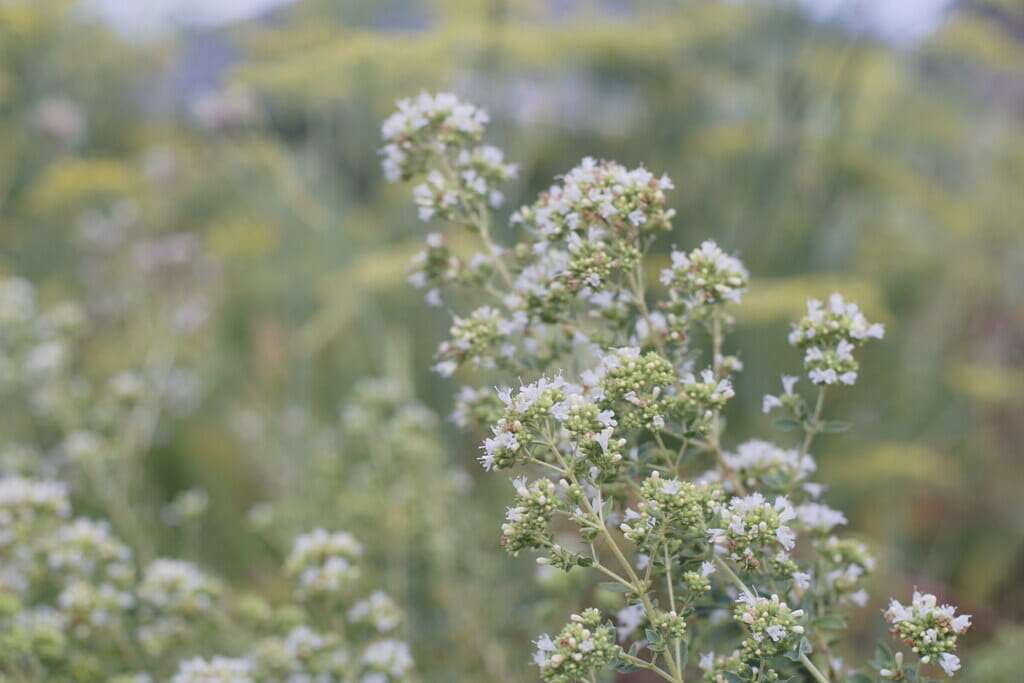
And the award for the best all-rounder herb for attracting a range of beneficial insects (according to a 2013 University of Sussex study of 32 popular garden plants) goes to marjoram! Like oregano (Origanum vulgare), it belongs to the genus Origanum and is officially known as Origanum majorana but has a sweeter, milder flavour. Marjoram can be used to garnish dishes including salads and soups.
Fennel
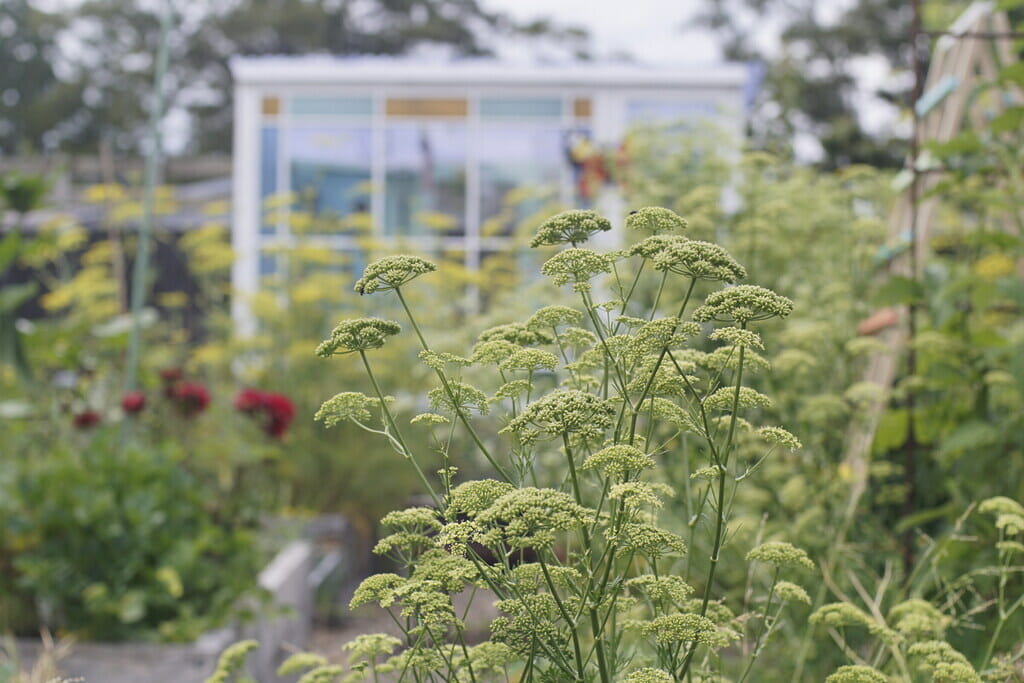
A 13th century physician once wrote “He who sees fennel and gathers it not, it not a man but a devil.” This is certainly going a bit far but he did have a point – particularly when fennel traditionally can be used to soothy colicky babies and digestive issues. I grow it for its firework display of yellow flowers that are almost in my Auckland garden year round excluding the coolest months of winter. They grow 1-2m high and the umbelliferous flowers and eventual seeds have a aniseed flavour which I like to nibble on as I pass and are fine-dining for a range of beneficial bugs. The bulb of Florence fennel, a cultivar of leaf fennel (Foeniculum vulgare) can be grated and used raw in salads.
Lemon Verbena
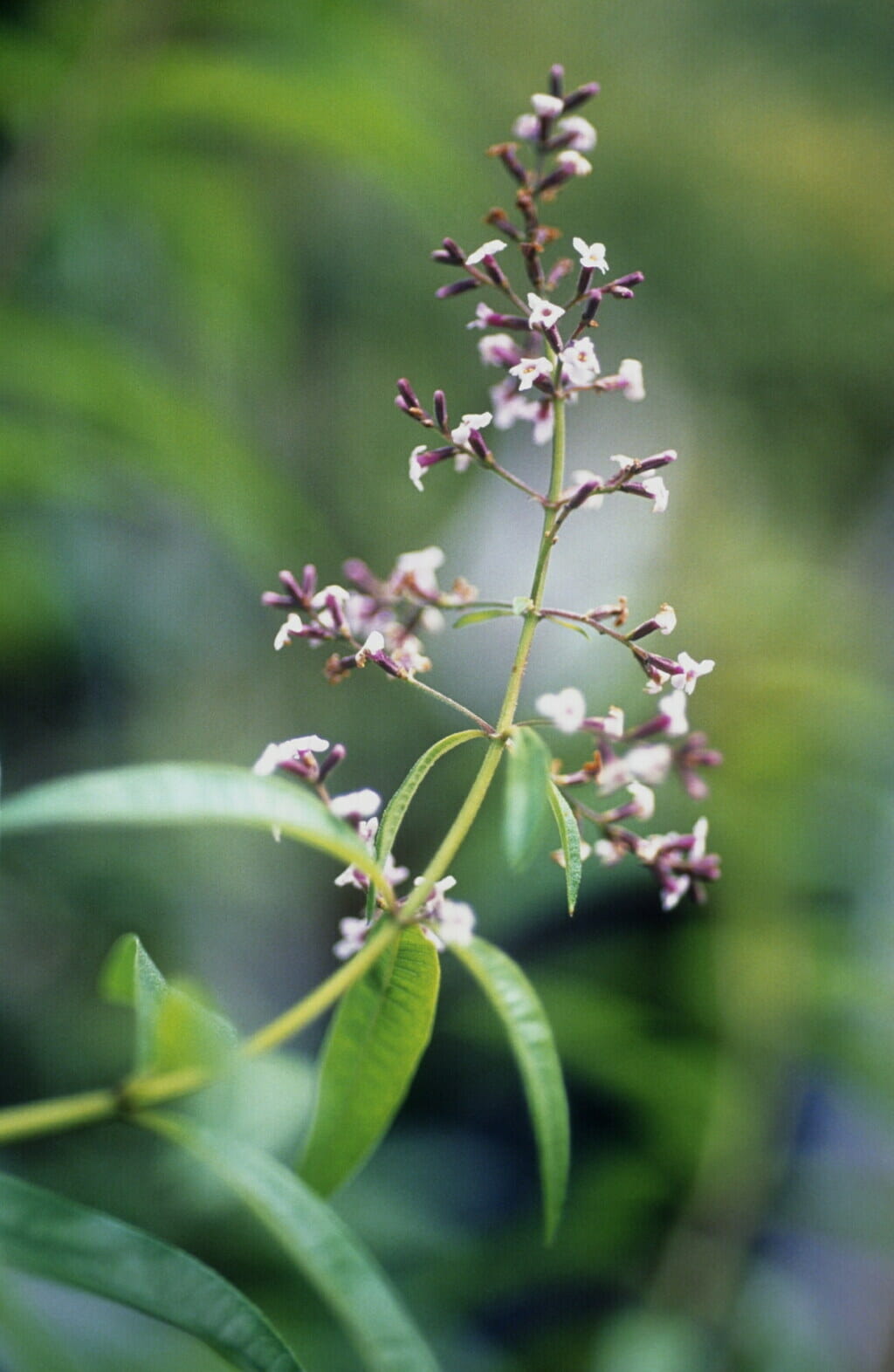
Every time my grandmother wrote me a letter she’d pop a leaf of lemon verbena inside the envelope. It has the strongest lemon fragrance of any herb – with an almost L&P-like zinginess to it. Lemon verbena dies down over winter, and takes on a somewhat stick-like appearance before leafing up again in spring but its period of dormancy is worth it for the scent. Herb tea made from lemon verbena is delicious. Simply steep three leaves of lemon verbena steeped in boiling water. Or put some leaves inside an old sock (the leaves are quite crumbly once dry) in your linen cupboard to give it a lemony fresh scent.
Different groups of herbs prefer different growing conditions. In general, Mediterranean herbs, such as oregano, thyme, sage, marjoram and rosemary, are ideal for tardy gardeners as they’re the least fussy. Plant them in free-draining soil in full sun and avoid overwatering them.
Garden tasks for February
Plan your winter menu
Woolly jumpers and soups might be anathema to balmy days but now is the time to plant cool-winter crops if you haven’t already. Beetroot, broccoli, brussels sprouts, cabbages and cauliflowers can all be planted now. Grow varieties that you can’t buy at the supermarket such as lime green ‘Broccoflower Geum’ with conical spiralling peaks or purple cauliflowers. There is also time to sow another crop of beans and peas, although keep plants well watered. And pop some punnets of celery seedlings in too.
Salad succession
Leafy greens like lettuce turn bitter in hot summer weather but cooler days are on their way. Sow loose-leaf varieties which you can pick leaf by leaf every few weeks for a constant supply. My favourites is purple and green ruffled ‘Drunken Woman Fringed Head’ but ‘Cos’ and ‘Litle Gem’ are also top picks.
Banish spent crops to the compost
Make space for winter crops by relegating summer crops to the compost heap. Compost bins do best when there is a good mixture of greens (nitrogen) and browns (carbon). The microorganisms in your compost will also benefit from a good blast of the hose during this dry month.
Petal pointers
Sow or plant calendula, pansies, poppies and snapdragons for winter flowers.
A plague upon your crops
February is the season when fungal diseases like powdery mildew and blight appear on summer crops such as tomatoes and cucumbers. There’s not a lot you can do about it as these annual crops will succumb eventually. In the meantime they’ll keep producing as long as you keep picking. Aphids (there are many kinds) can be blasted with the hose. Squish green vege bugs in your fingers or shake them into a jar.

